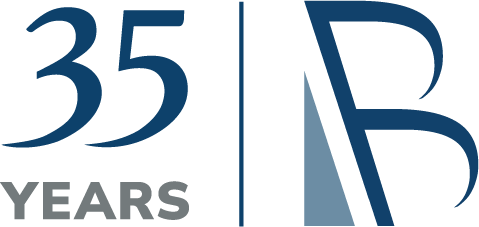2014 is history and now it’s time to file tax returns. You may be noticing the arrival of tax information in your mail box or email account. Using the appropriate tax form for you may reduce both time and effort.
According to the IRS, the first day to file your 2014 tax return is January 20, 2015. The tax filing deadline is April 15, unless you request an extension to October 15. Reminder: even if you request the six month extension, payment of tax remains due no later than April 15. The IRS encourages electronic filing versus the mailing of paper forms. The process can be faster, and more importantly, if you qualify for a refund, it will be paid more quickly.
While it is important to use the correct form, the first decision is whether you actually need to file an income tax return.
Who Needs to File a Tax Return?
Not everyone needs to file a federal tax return. Taxpayers with total income less than $10,150 (single filing status) or less than $20,300 (married filing joint) do not need to file a tax return. The amounts are increased slightly for taxpayers over age 65. This is due to the standard deduction and personal exemption(s) reducing taxable income to zero or less; therefore, no income tax is due.There is an exception to the income test noted above. If any taxpayer had income tax withheld by an employer or financial institution and/or qualifies for a tax credit, a tax return must be filed to claim the refund or credit.
Caution: Even though the filing of a federal tax return is not required, this does not automatically exempt the taxpayer from filing an Indiana or other state’s tax return. Each state has different deduction and exemption amounts. And, just as with federal returns, if you qualify, you need to file for any state income tax withholding or credits.
Which Tax Form to Use?
Form 1040-EZ.
The 1040-EZ form is less than one page and can be used by taxpayers that meet all of the following:
- Filing status of single or married filing joint. You cannot use the EZ from if you file as head of household, married filing separate or qualifying widow/er.
- Taxpayer(s) must be under age 65.
- No dependents.
- Taxable income of less than $100,000.
- Interest from investments not over $1,500. If you received dividends or capital gain distributions, you cannot use the EZ form.
- Only credit that can be claimed is the Earned Income Credit. If you qualify for other credits, you cannot use the EZ form.
Form 1040-A
If you do not qualify for the EZ form, the only other option to the long Form 1040 is the 1040-A. One of the main qualifiers for using the 1040-A is whether the taxpayer can benefit from itemizing deductions. If your tax deductions are greater than the applicable standard deduction, then Form 1040-A should not be used. In addition, to qualify to use Form 1040-A, taxable income must be less than $100,000; no gain/loss from sale of assets; and only certain adjustments and credits can be claimed.
Form 1040
If you do not qualify for either the 1040-EZ or the 1040-A form, you are required to use the longer Form 1040. There are multiple schedules available that allow the taxpayer to itemize deductions (Schedule A), report all interest and dividend income (Schedule B), compute and report self-employed income (Schedule C), calculate gains and/or losses from the sale of investments or other property (Schedule D), and report income received from business entities, trusts, or other sources (Schedule E). In addition, there are numerous forms to assist with calculations and reporting of information.

